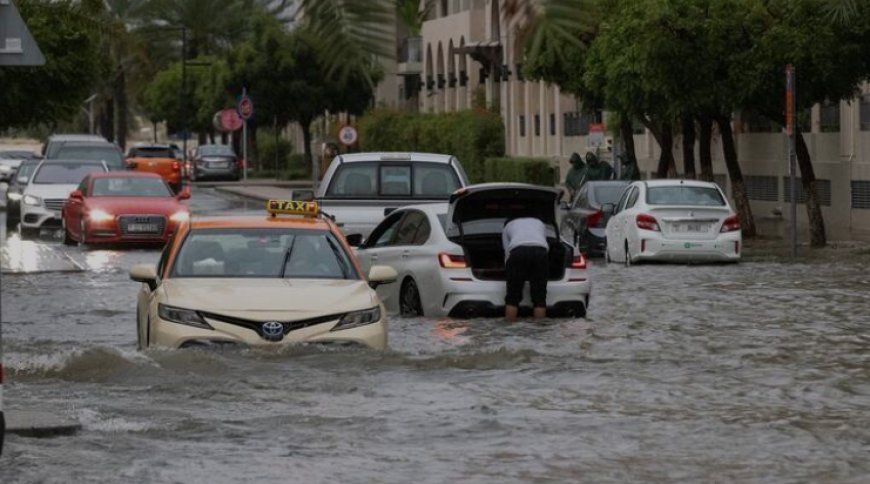Dubai (UAE) FLOODS
The Dubai government explored various methods to enhance rainfall through cloud seeding

Did you know Dubai, a city in the United Arab Emirates (UAE) creates its rain?
Most people are surprised to see rain in Dubai. A one-hour thunderstorm, then a sunny sky appears. Quite fascinating, right?
Dubai creates rain through the cloud seeding method. The process involves dispersing chemical substances such as potassium and silver iodide into the clouds to form rain. Over the years, the Dubai government has used the method to cope with water scarcity and intensify rainfall, often during dry periods. Notably, it rains a few times a year in Dubai, but the effects are quite severe due to poor drainage systems.
What Caused the Dubai Floods?
There is a misconception about excessive cloud seeding and poor drainage systems. The rains are equal to a year's worth of rain. Dubai got submerged in unprecedented flooding with torrential rains, leaving the streets, airports, and houses flooded.
Is Dubai Safe After The Floods?
The most interesting part about Dubai is; the disaster response team. Unlike in most countries where action on flood damages takes more than a month to get things back to normal. The Dubai Police have demonstrated emergency preparedness amidst the unstable weather conditions from the 15th to the 18th of April. They have had comprehensive plans in place, meaning that authorities prioritize public safety and security across Dubai by deploying security personnel to minimize the impact of the heavy rains. During the emergency, the Dubai Police issued a directive to the public on the use of the 9 9 hotline for emergencies, and the 901 number for non-emergency calls.
The National Mets Center (NMC) confirmed that this is the heaviest rainfall that the UAE has ever witnessed. It surpasses any documented data since 1949. The kind of rainfall in UAE is an exceptional event in the UAE's climate history. The NMC also confirmed that the highest rainfall was recorded at Chatham I shekhla area in Al Ain. It reached 254 millimeters in less than 24 hours.
What About the Education Institutions?
As a result, all private education institutions have been advised to use distance/remote learning.
The images of evacuated people and stranded/stuck cars remind us of man's fragility in the face of the force of nature.







